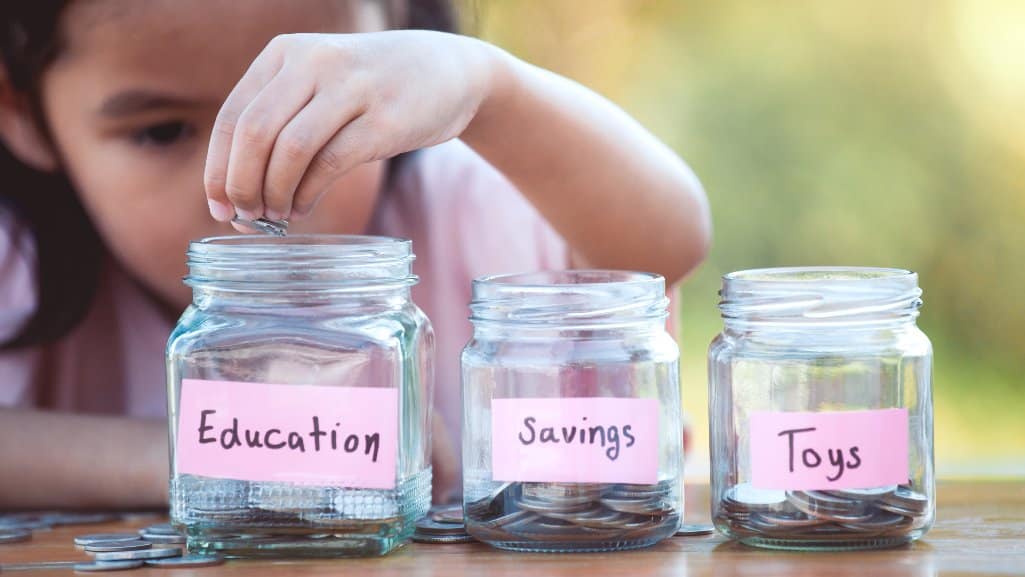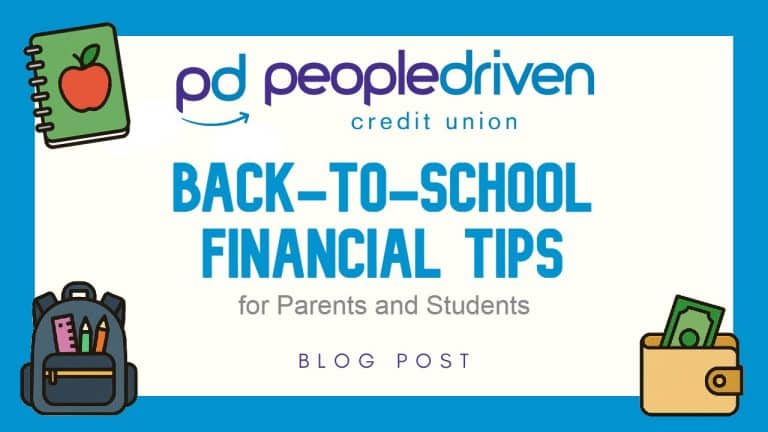
Turn coins into confidence—one lesson at a time.
Kids are naturally curious about money: where it comes from, what it’s used for, and how they can get more of it. Teaching the value of a dollar is one of the most important life lessons you can pass on—and it’s never too early to start.
Helping children understand what money represents (time, effort, choices) sets them up for smart financial habits and responsible decision-making later in life. At People Driven Credit Union, we’re here to support you in teaching kids how to think about, manage, and respect money.
What Does “Value of a Dollar” Really Mean?
Teaching the value of a dollar isn’t just about arithmetic—it’s about helping kids understand that money is earned, limited, and tied to choices. When kids realize that money isn’t endless, they begin to see the connection between work, spending, and saving.
Understanding the value of a dollar teaches kids to:
- Recognize the difference between needs and wants
- Make thoughtful spending decisions
- Set savings goals and feel proud when they reach them
- Appreciate the effort it takes to earn money

Tips for Teaching Kids the Value of a Dollar
Here are some age-appropriate ways to bring this concept to life:
1. Make Earning and Saving Visual
Use a clear jar or a digital savings tracker to show how money adds up over time. Let them physically see their money grow—it builds excitement and reinforces the habit of saving.
2. Offer Earning Opportunities
Provide chances to earn money through age-appropriate tasks—helping around the house, raking leaves, or walking the dog. This creates a direct link between effort and reward.
3. Talk About Trade-Offs
If your child wants a new toy or treat, ask questions like:
“Is this something you want now, or something you really need?”
“If you spend your money on this, what won’t you be able to buy later?”
These conversations help kids think critically about their choices.
4. Create a Budget Together
Give your child a simple allowance and work together to decide how they’ll divide it:
- Spend (on small treats or activities)
- Save (for bigger goals)
- Share (with a cause or charity they care about)
5. Let Them Make (Small) Mistakes
Sometimes the best lessons come from real-life choices. If your child spends all their money on something impulsively, talk about how it felt and what they might do differently next time.
Open a Youth Savings Account
A savings account just for them helps build a sense of ownership and responsibility. At People Driven Credit Union, our youth accounts are designed to encourage young savers and make learning about money fun and rewarding.
Start Small, Grow Big
Teaching the value of a dollar doesn’t happen overnight. But with a few simple habits and open conversations, you can help your child grow into a financially confident adult.
Let’s Build Smart Money Habits Together
Visit a PDCU branch, contact us, or learn more online about our youth accounts and financial education support.





